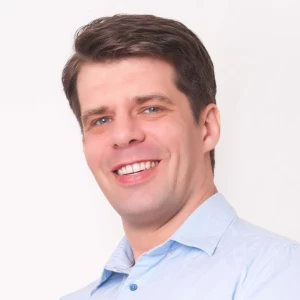Expertencase von Casper
Merger of two beer manufacturers
8,8k
mal gelöst
Schwierig
Schwierigkeitsgrad
Our clients are two beer manufacturers from a well-developed country who just decided to merge. We can call them Company A and Company B. The decision about the merger has already been taken and our clients are certain it will soon be approved by regulators.
What is expected from you is to help them with two objectives: Firstly, they would like you to help them decrease the costs of their post-merger operations. Secondly, they would like you to help them develop a new marketing strategy.
How would you like to go about helping our clients?
Case-Kommentare
II. STRUCTURE
III. CASE ANALYSIS – Bucket 1 - Cost-cutting
III. CASE ANALYSIS – Bucket 2 - Marketing strategy
Current marketing strategies
III. CASE ANALYSIS – Bucket 3 - Customers
IV. RECOMMENDATIONS
RISKS AND NEXT STEPS
8,8k
mal gelöst
Schwierig
Schwierigkeitsgrad
Hast Du eine Frage zu diesem Case? Stelle sie der Community!





